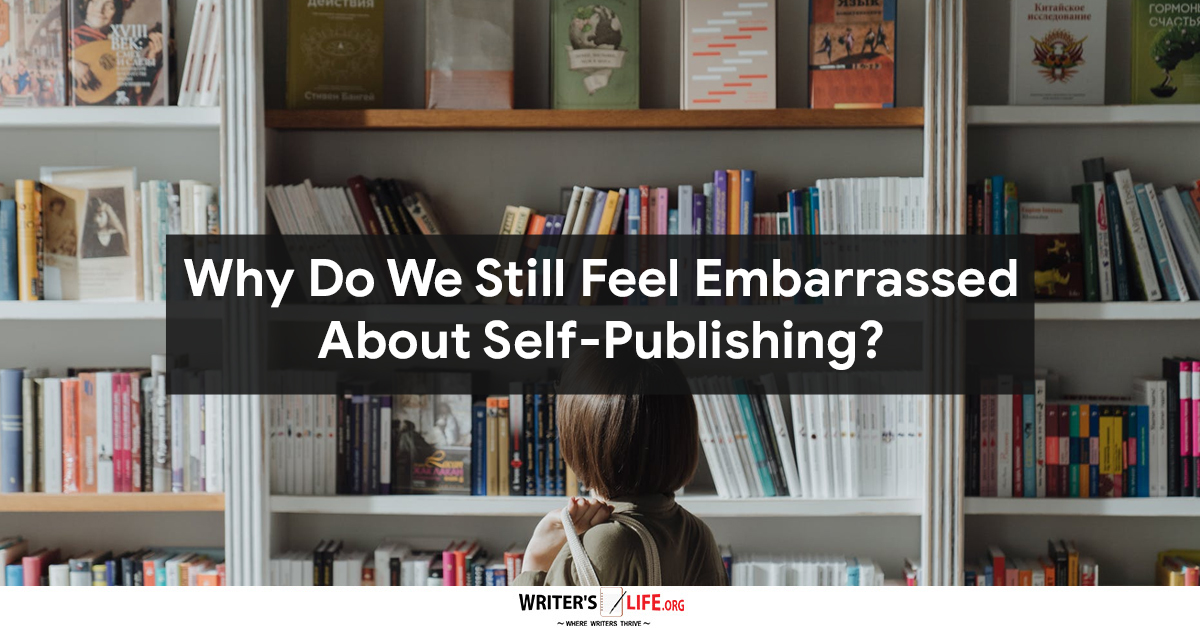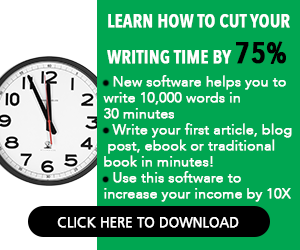- How To Tackle Jealousy In Creative Writing
- Common Submission Mistakes
- How To Stop Your Blog Becoming Boring
- The One Thing Every Successful Writer Has In Common
- How To Make Yourself Aware Of Publishing Scams
- Why Almost ALL Writers Make These Grammar Mistakes At Some Point
- 5 Tips For Authors On How To Deal With Rejection
- Top Mistakes to Avoid When Writing a Novel
- How to Avoid Common New Writer Mistakes
- 10 Mistakes New Fiction Writers Make
Yes, You Can Earn $250 an Hour As A Writer!

Share, Pin or Retweet If You Love Writing!
How sweet it would be to earn $250 per hour — as a writer, no less.
Sounds like a crazy dream, right?
It’s kind of like your dream to win America’s Got Talent with your nose whistling routine: Fun to think about, but it ain’t gonna happen.
Well, I’m going to risk your snorts of disbelief by telling you $250 per hour is the average rate I earn with any type of writing I do, whether it’s copywriting, content writing, or journalism.
I’m not special (though my mom thinks so). My writing skills are good, but not Donna Tartt good.
And as you’ll see below, I don’t actually charge $250 per hour, which would cause prospects to run screaming from me like I had the plague.
Do you need intensive advice on how to be a paid freelance writer? Writers Life has come up with a product that can help you realize your career dreams and get paid! You can learn about how to make a living as a writer by taking our How to Make a Living as A Writer Course (CLICK HERE!)
I’ve just developed a handful of simple habits that have bumped my pay rate much higher than the pay rate of the average freelance writer.
Here are five methods you can follow, as well.
1. Don’t quote an hourly rate
Most writers, when a prospect asks them for pricing, say something like, “I charge $100 per hour and I estimate this will take four hours, so the total will be $400.”
Wrong!
Instead, quote a project rate that will get you the hourly fee you want.
So, if you estimate a project will take you four hours, don’t tell the client you’re charging $250 per hour for four hours — just tell her that to write that case study on how her company’s banana slicer is more accurate than the competition’s, you’ll charge $1,000.
Telling prospects your hourly rate opens the door to clients micromanaging your time. If you write fast, like me, you’re penalized by earning less. Also, if your rate is higher than usual, it can scare prospects away.
Remember, you’re not selling hours — you’re solving a problem for the client.
2. Write blazingly fast
One time a writer friend watched, jaw hanging open, as I completed an 800-word article in 30 minutes. I was getting paid $400, and I had spent another 60 minutes on two interviews — so my hourly rate was $266.
Writing at a breakneck pace is my number one secret when it comes to earning more. After all, if you’re charging project rates instead of an hourly fee, the faster you write, the more you earn.
Practice writing the first draft of that blog post, article, or newsletter as quickly as you can, and go back to edit and fill in any holes afterward. With experience, you’ll get faster and faster.
And as your writing improves, your first draft will be pretty much your final draft.
Trapped in a pattern of producing copy slowly? Then perhaps you need to check into the Get It Done Writer's Toolkit (click here!) that helps you make sure you get your project done on schedule and in an inspired, money-making way! This ebook/audio CD combo set teaches you how to overcome writer's block and procrastination and also helps you find more time and the inspiration to write every day
3. For the love of all that is good and holy, stop
over-researching
One of the biggest snafus that keeps writers from earning more is that they research more than is necessary — which cuts into their hourly earnings.
Say you land a gig to write a short profile of a successful pizzeria for a restaurant industry newsletter for $500.
Here’s how most writers would approach the project:
- Interview the pizzeria owner by phone. (One hour.)
- Drive to the restaurant, even though it’s 50 miles away, and have a meal there. (Four hours.)
- Research the history of pizza. (Two hours.)
- Check a dozen Italian cookbooks out of the library and learn about the various methods for creating the perfect crust. (Two hours.)
- Look up statistics on the pizza industry, including number of pizzerias in the U.S., average profits, how many workers they employ, etc. (Three hours.)
- Take an eight-week conversational Italian class. (Okay, maybe not, but it’s not far from the truth.)
If the writer then takes four hours to write the profile (because she hasn’t learned to write fast yet), her hourly rate is just above $31. And guess what? She won’t use 90 percent of the facts and information she so painstakingly gathered.
Do as much research and prep work as you need to get the job done well.
For example, interviews typically take me 20–30 minutes, and I research the subject online just enough that I don’t sound like a moron in those interviews.
Experiment with researching less to see how much you really need to do. The result will probably shock you.
Afraid you’ll miss something huge?
The secret is to start your projects as early as possible — no procrastinating — so you can be confident that if you do need more research, there’s plenty of time to get it done before your deadline.
Caveat: This is not an excuse to do shoddy research and write weak copy! You need to learn to be fast and good, which is an achievable goal.
4. Offer master-level value
Yep … if you want to get master-level rates, you need to offer master-level value.
What do you offer that no one else can do? In what amazing way do you make your clients’ lives easier and better?
Figure out what makes you worth $250 per hour, then make sure prospects know about it.
For example, when you quote a high price to a prospect, don’t just put the amount out and let it lie there. Let the client know exactly what you’ll offer for that amount.
Here’s the difference:
Quote 1
For the banana slicer case study you described, my fee is $1,000. Would you like me to go ahead with this project?
Prospect: “What?! The other writer quoted $500.”
Quote 2
For the banana slicer case study you described, my fee is $1,000. For that amount, I’ll:
- Interview you and your best customer separately by phone. I’ve interviewed over 500 people for my client projects, so I know exactly what to ask and how to ask it.
- Research your company, your banana slicer, and the competition’s product to help inform my interview questions and add concrete details to the case study.
- Write up a 750-word case study in a fun, conversational style that readers will enjoy.
- Send you a keyword-rich headline that’s optimized for search engines and social media — and that will attract clicks.
- Revise the case study until you’re thrilled with it.
Would you like me to go ahead with this project?
Prospect: “Wow! The other guy was charging just $500, but this writer will turn out a far better product and help me make more sales.”
5. Use shoe leather
Inbound marketing is great and all, but if you rely only on your website and LinkedIn profile to bring in clients, you’ll be dealing with a lot of tire kickers and prospects who want to pay you in exposure. (You know, people die from exposure.)
Also, forget about most freelance job boards, bidding sites, and Craigslist. Clients who are willing to pay premium prices aren’t hanging out there.
Instead, pound the pavement to find and approach clients who you’ve
pre-qualified. Look for businesses with at least $5 million in profits to start — those are the ones who can pay you what you want.
Then, reach out to these prospects in whatever way you feel you’re best at, whether it’s cold calling, snail mail, or emailing a customized letter of introduction.
So while other writers compete in a race to the bottom of the barrel for el cheap-o clients, you’ll be heading right for the top — towards your target rate of $250 per hour.
It’s your turn …
Have you ever substantially raised your rates for freelance writing?
Linda Formichelli is the author of the post that appeared with the title How To Earn $250 Per Hour As A Freelance Writer at http://www.copyblogger.com/earn-more-freelancing/.






















One Comment